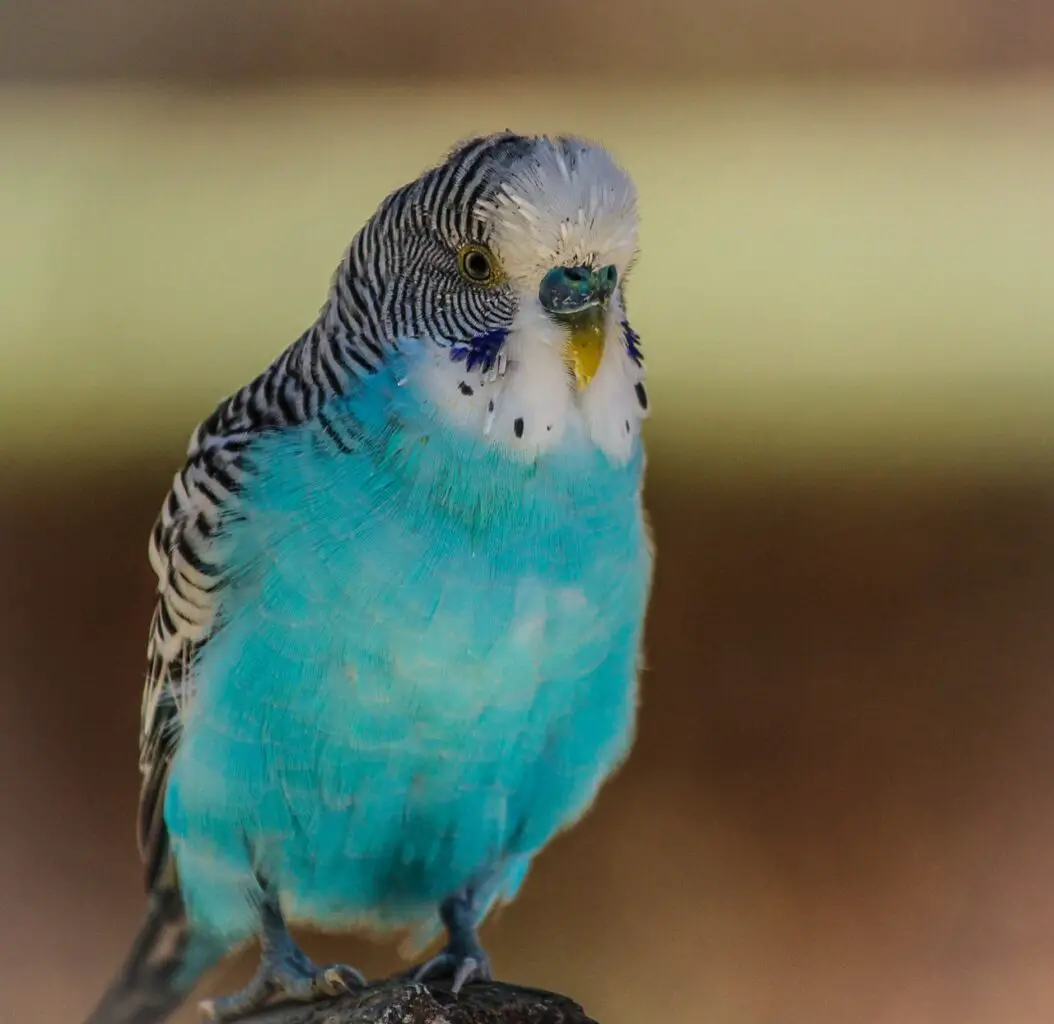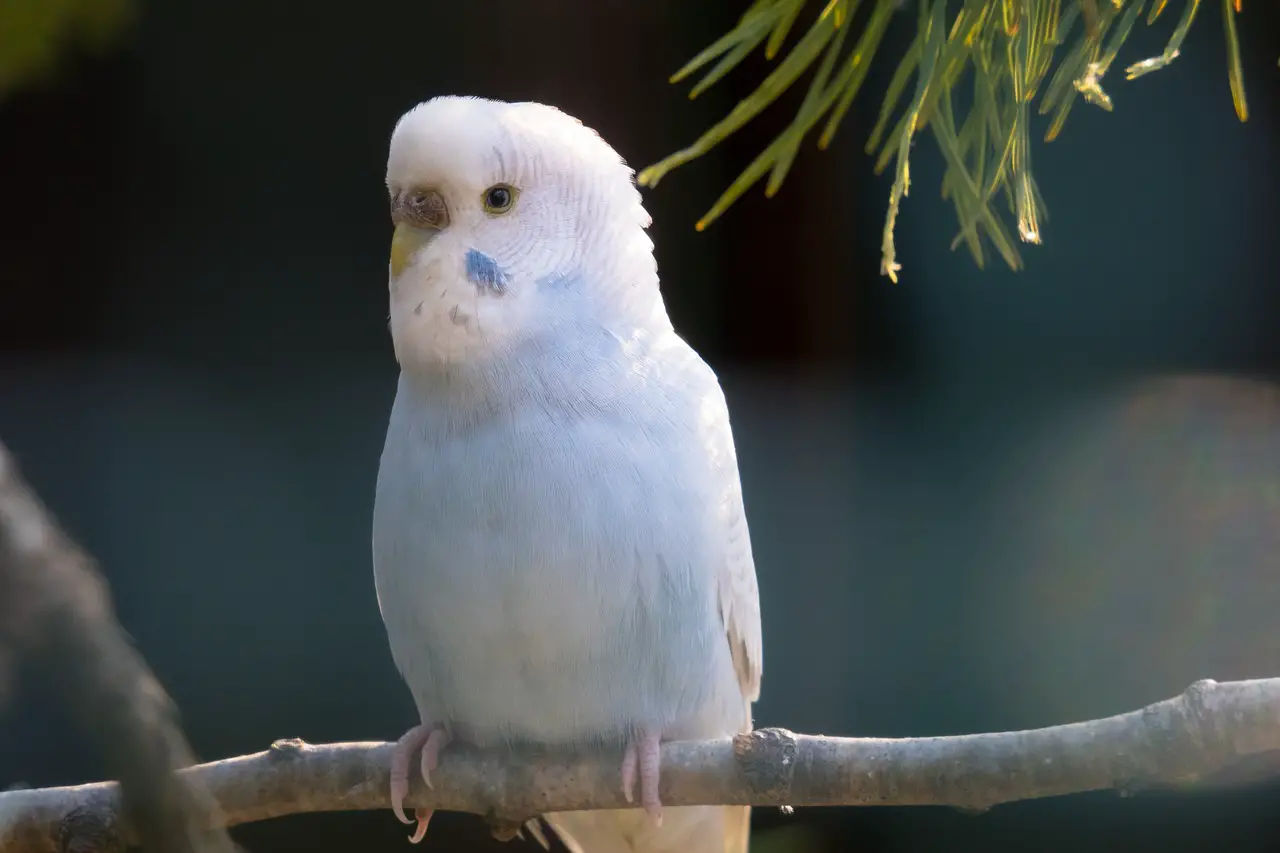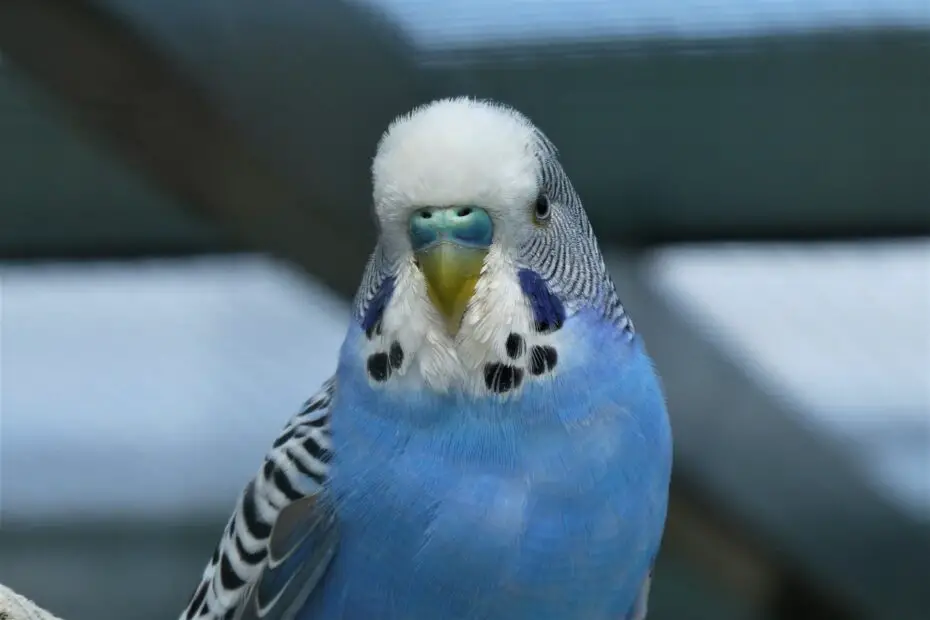Blue parakeets, with their vibrant plumage and cheerful disposition, have captured the hearts of bird enthusiasts around the world. These charming creatures, also known as budgerigars or budgies, are native to Australia and are a popular choice for avian enthusiasts. In this article, we will delve into the world of blue parakeets, exploring their characteristics, care requirements, behavior, and more. So, let’s spread our wings and discover the captivating world of blue parakeets!
You may also want to read about red birds.
Introduction to Blue Parakeets
Blue parakeets, scientifically classified as Melopsittacus undulatus, are small-sized parrots known for their striking blue coloration. Native to the arid regions of Australia, these birds are highly adaptable and have successfully established populations in various parts of the world. Their average length ranges from 7 to 8 inches, with males and females exhibiting subtle differences in coloration. While the wild blue parakeets showcase a predominantly green plumage, selective breeding has given rise to various captivating blue shades.

Types of Blue Parakeets
Blue parakeets exhibit a remarkable diversity, with several species and subspecies that showcase distinct characteristics. Some of the commonly encountered blue parakeet variations include the Australian Blue, Cobalt, Sky Blue, and Violet. Each of these subspecies possesses unique hues and patterns, making them visually captivating companions.
Caring for Blue Parakeets
Providing a suitable environment is crucial for the well-being of blue parakeets. A spacious cage with appropriate perches and toys allows them to engage in natural behaviors. Blue parakeets have a voracious appetite and require a balanced diet comprising high-quality parakeet seed mix, fresh fruits, vegetables, and occasional treats. Regular social interaction and mental stimulation through playtime and training sessions are essential for their overall development.
Common Behavior and Communication
Blue parakeets are highly social birds and thrive on interaction. They exhibit a wide range of behaviors, including playful antics, chirping, and flocking together. These birds possess excellent vocalization skills and can mimic human speech to varying degrees. By understanding their body language and vocal cues, you can better interpret their needs and emotions.
Health and Wellness
Maintaining the health of blue parakeets requires vigilance and prompt attention to any signs of illness. Regular veterinary check-ups, a balanced diet, and a clean living environment are crucial aspects of their care. Common health issues in blue parakeets include respiratory infections, feather plucking, and nutritional deficiencies. By providing a healthy and stress-free environment, you can help ensure the longevity and well-being of your feathered friend.
Breeding and Reproduction
Breeding blue parakeets can be a fascinating endeavor for experienced bird enthusiasts. Understanding their reproductive cycle, providing suitable nesting options, and monitoring environmental conditions are important for successful breeding. Blue parakeets are typically monogamous and form strong pair bonds. If breeding is successful, the parents diligently care for their chicks until they are ready to fledge.
Training and Taming Blue Parakeets
Building a bond of trust with your blue parakeet is essential for training and taming. Positive reinforcement techniques, patience, and consistency are key elements in successfully teaching them tricks and commands. By employing gentle and encouraging methods, you can establish a strong connection and enrich the lives of both you and your feathered companion.

Blue Parakeets as Pets
Blue parakeets make delightful pets, bringing joy and companionship to their owners. However, owning a blue parakeet requires commitment and responsibility. Potential owners must consider factors such as time, space, and financial resources before bringing a blue parakeet into their lives. A well-cared-for blue parakeet can be a wonderful addition to a loving home.
Blue Parakeet Conservation
Conservation efforts play a crucial role in preserving the natural habitat and ensuring the survival of blue parakeets in the wild. Human activities, such as deforestation and illegal trapping, pose significant threats to their population. Supporting organizations involved in blue parakeet conservation and raising awareness about their importance can make a positive impact on their long-term survival.
Conclusion
Blue parakeets, with their stunning blue plumage and lively personalities, are captivating companions for bird enthusiasts. Their diverse colors, affectionate nature, and ability to mimic human speech make them an intriguing addition to any avian lover’s home. By understanding their care requirements, behavior, and conservation needs, we can ensure the well-being of these remarkable creatures and appreciate the joy they bring to our lives.
FAQ Section
1. Can blue parakeets talk like other parrot species? Blue parakeets have the ability to mimic human speech to varying degrees. While some individuals may develop a modest vocabulary, others may not show as much aptitude for talking. Nevertheless, their cheerful chirping and playful nature make them delightful companions.
2. What is the lifespan of blue parakeets? With proper care, blue parakeets can live for approximately 7 to 15 years. However, some may even exceed this range and live into their early twenties.
3. Can blue parakeets be housed with other bird species? Blue parakeets are generally sociable birds and can coexist with other small parrot species, provided adequate space and supervision are provided. Introducing birds gradually and closely monitoring their interactions is crucial to ensure compatibility.
